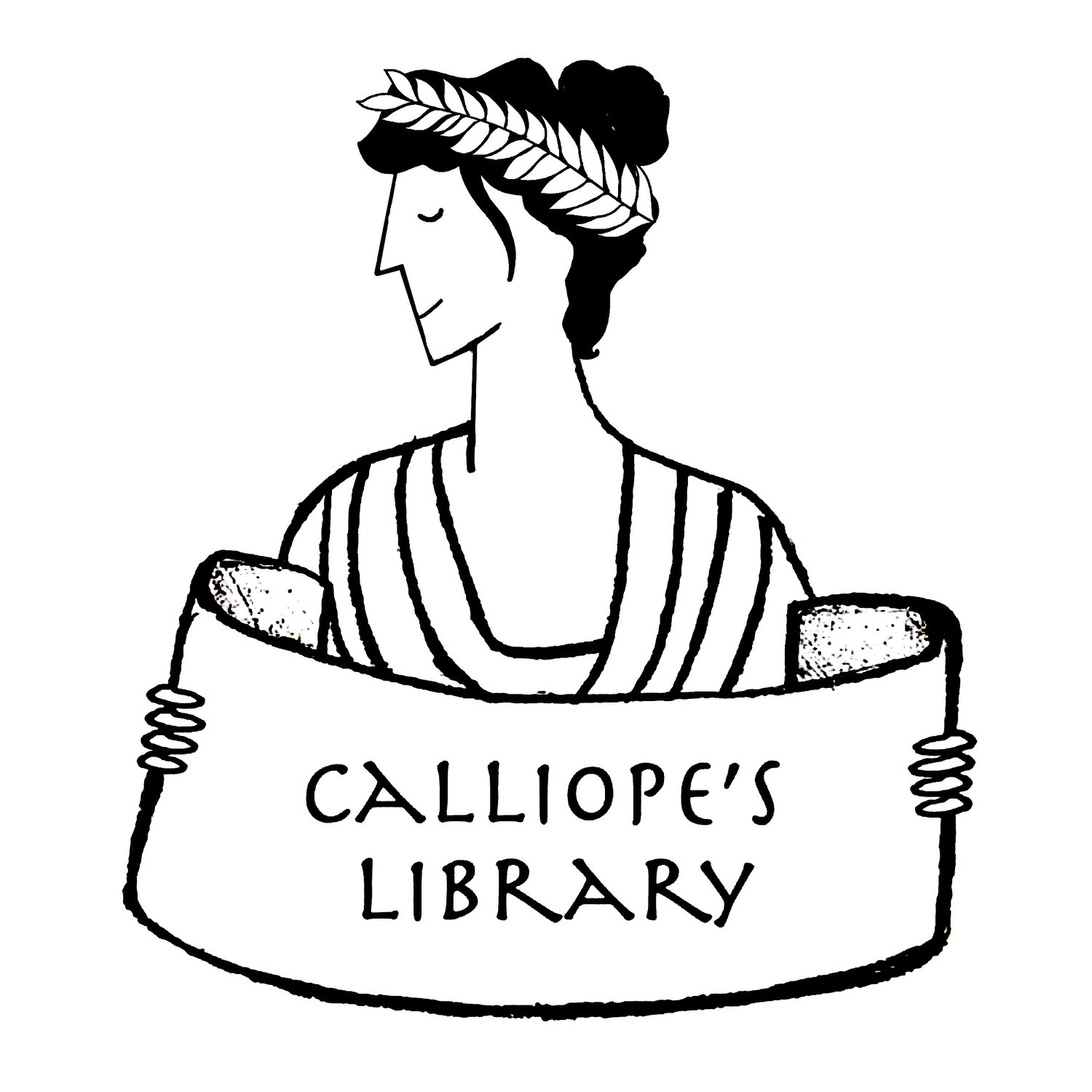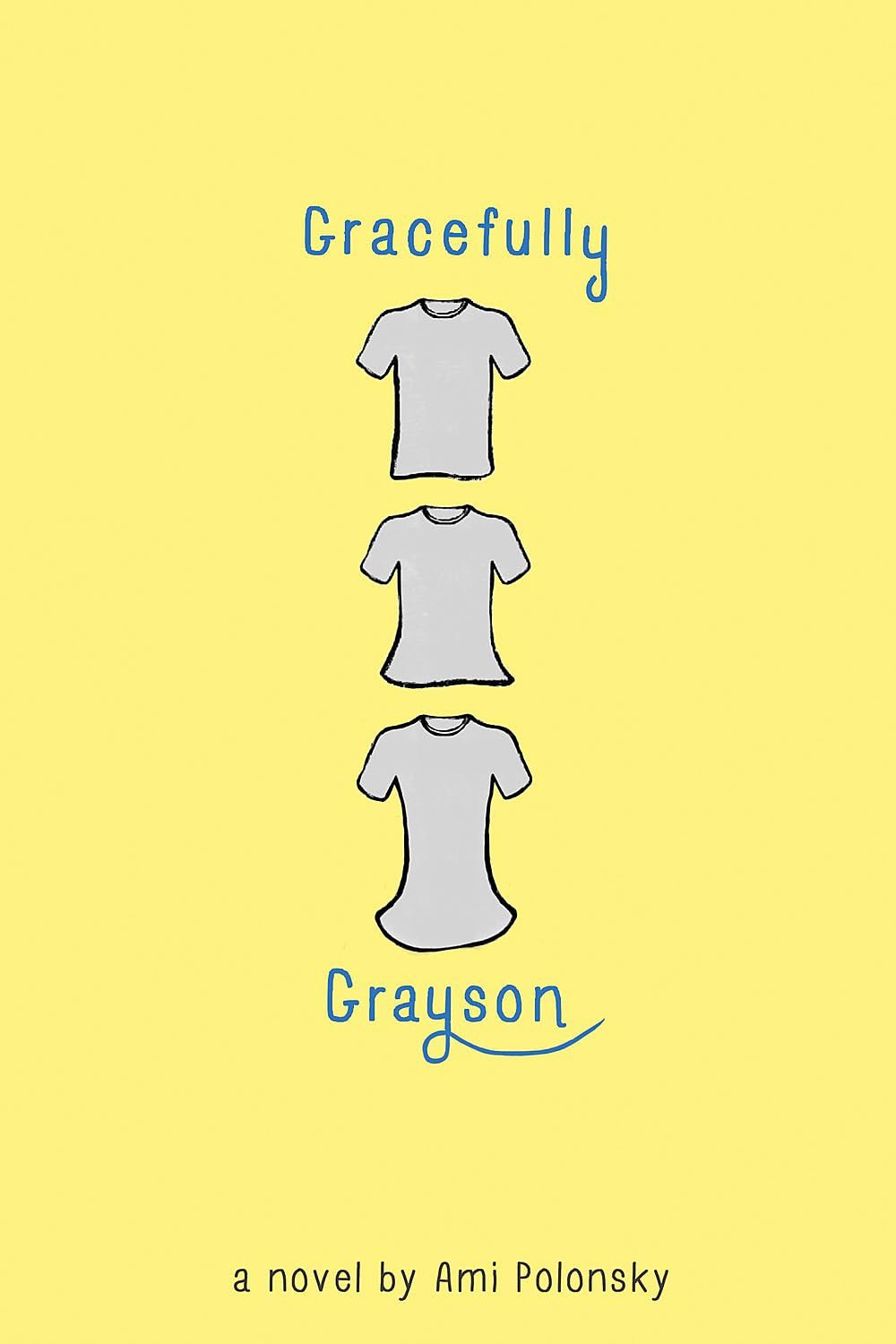Title: Gracefully Grayson
Author: Ami Polonsky
Year: 2014
Tags: Middle Grade, Novel, Mythology, Hades and Persephone, 21st century worlds, Gender diverse, LGBTQIA+, English
The world sees sixth-grade Grayson as a boy. That’s not how she sees herself, and the gap between others’ perceptions and Grayson’s own is painful. When Grayson’s Humanities teacher, Finn, holds auditions for his theatrical adaptation of the myth of Persephone, Grayson decides to try out for the part of Persephone. She is cast in the role and faces a range of reactions from family, friends, and members of the larger school community. Detractors create difficulties for Grayson as well as for Finn, but the play nevertheless gives Grayson a space in which to express herself—a first step in Grayson’s public assertion of her identity. While Grayson herself does not explore the connections between Persephone’s experiences and her own, Polonsky makes sure that readers can. The plot of the play is carefully described so that readers previously unfamiliar with Persephone’s story are clued in, and Finn’s adaptation tweaks the myth in ways which heighten the resonance between Persephone’s situation and Grayson’s while also making the myth less violent and troubling than it is in ancient renditions. Polonsky doesn’t force strict parallels but instead quietly sows points of possible connection throughout the text. For instance, there is more than one “Demeter” figure in Grayson’s life, and they aren’t all females. Gracefully Grayson compassionately presents a crucial stage in Grayson’s personal development and gently suggests to readers that myth can play a part in coming to understand oneself, others, and the wider world. – Rebecca Resinski


